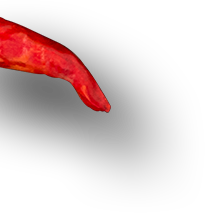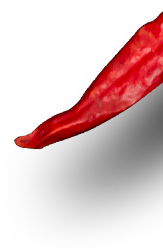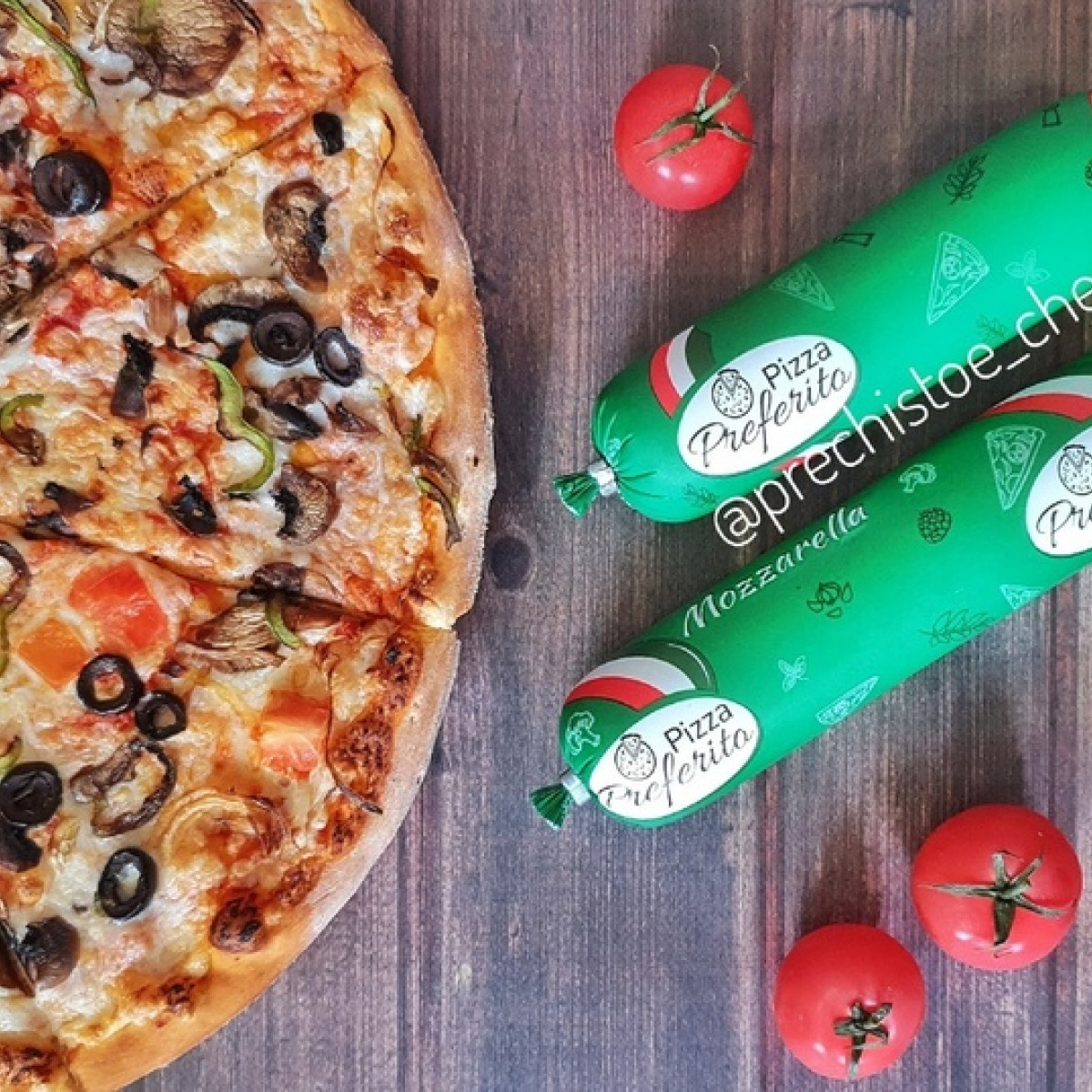Obtaining milk was not easy for Italian peasants - the heat and problems with fodder for cows and buffaloes were factors. The issue was compounded by the fact that the milk from the evening milking, not sold in the morning at the market, spoiled and devalued all the hard work. Resourceful peasants came up with the idea of adding lemon juice to the milk – it curdled, turning into young cheese. However, cheese didn't always sell well, and something had to be done with the leftovers.
The solution came naturally: add it to the traditional Italian dish – pizza and sell it in the evening. To ensure the cheese melted well and spread across the pizza crust, it was processed in hot water. It acquired a beautiful white color, and when the pizza was sliced, it stretched into impressive long threads.
Thanks to these properties, as well as the delicate, slightly salted taste, mozzarella began its triumphant march around the world. Now, it, not the famous cheddar, roquefort, parmesan, or gouda, constitutes 45% of the sales of all cheese varieties produced worldwide.
Characteristics and Processing
Mozzarella has a neutral taste, so it shouldn't 'dominate' in pizza but serve as a base. This is the secret to the diversity of pizza. If the dough is good, and mozzarella is chosen correctly, it's all up to your imagination – these two main components guarantee success for any combination of ingredients. Whether it's seafood, meat, or fruit pizza – each of them can be either spoiled by the dough and mozzarella or improved by them.
When baking, mozzarella should melt, remaining soft even after baking. While spreading over the pizza, the cheese shouldn't turn into an omelet or a condensed layer, or separate into its protein, fat, and water components. 'Classic' melted mozzarella is soft, white (sometimes with a slightly yellowish tint), covered with shiny traces of oil (the oil film should be very thin – you're making Italian pizza, not Adjarian khachapuri).
Undoubtedly, there may be spots of burnt milk sugar (lactose) on the cheese; their quantity and color may vary, but in any case, they shouldn't make up more than 40-45% of the cheese surface. Mozzarella shouldn't become transparent after baking or burn to a black color.
2–3 minutes after baking, mozzarella should stretch to 5–7 cm, with a cheese dosage of about 140 g for a standard pizza. You're unlikely to get cheesy strings if you skimp on the amount of cheese. Also, don't try to make the cheese stretch at temperatures below 45 degrees. The main thing is for the cheese to remain soft after heat treatment and not become too elastic or, worse, hard when bitten.
We hope this information will help make your pizza even more delicious and attractive.





